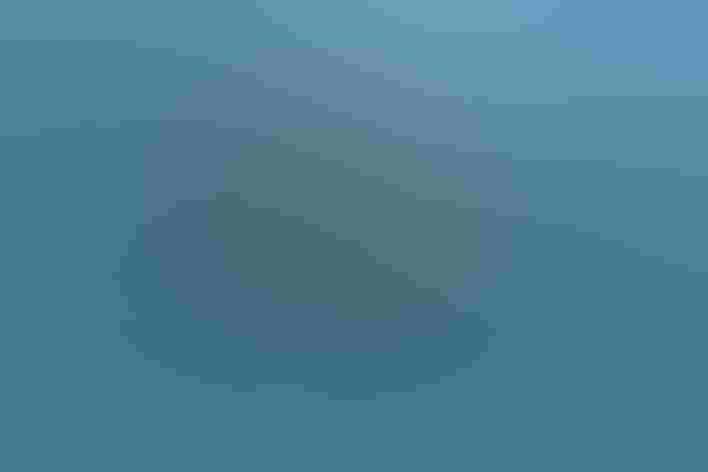Harlequin Duck
At a Glance
Turbulent northern waters are favored by this strikingly patterned little duck. It is often found in summer on rushing rivers, diving and swimming against the current, climbing easily on steep and slippery rocks above the water. When moving inland, pairs of Harlequins usually fly low, following every bend of the river rather than taking overland shortcuts. In winter, seems to choose the roughest coastal water, with rocks pounded by the surf. Studies show that many adult Harlequins have had broken bones, probably a result of their rough surroundings.
All bird guide text and rangemaps adapted from by Kenn Kaufman漏 1996, used by permission of Houghton Mifflin Harcourt Publishing Company. All rights reserved.
Category
Diving Ducks, Duck-like Birds
IUCN Status
Least Concern
Habitat
Coasts and Shorelines, Lakes, Ponds, and Rivers, Tundra and Boreal Habitats
Region
Alaska and The North, California, Eastern Canada, Florida, Great Lakes, Mid Atlantic, New England, Northwest, Plains, Rocky Mountains, Southeast, Western Canada
Behavior
Erratic, Rapid Wingbeats, Swimming
Population
230.000
Range & Identification
Migration & Range Maps
Mostly a short-distance migrant, moving from inland nesting areas to nearby coasts. Migrates in small flocks, usually following rivers or coastlines.
Description
14-20" (36-51 cm). Male unmistakable, slaty blue with intricate white pattern, reddish on sides. Female dark brown, with two or three white face spots; compared to scoters, looks smaller with much shorter bill. See female Bufflehead, female scaup.
Size
About the size of a Crow, About the size of a Mallard or Herring Gull
Color
Black, Blue, Brown, Gray, Red, White
Wing Shape
Pointed, Tapered
Tail Shape
Pointed, Wedge-shaped
Songs and Calls
A mouse-like squeak and various low whistles.
Call Pattern
Undulating
Call Type
Chatter, Raucous
Habitat
Mountain streams in summer; rocky coastal waters in winter. Nests along shallow fast-moving rivers and streams, even around rapids and waterfalls, often in forested country. Generally not on streams fed by melting glaciers (where food may be scarce). At other seasons mostly on ocean, on exposed coastlines where waves pound on rocks, seldom on sheltered bays.
Sign up for 爆料公社's newsletter to learn more about birds like the Harlequin Duck
Behavior
Eggs
usually 5-7, sometimes 3-10. Pale buff or cream. Incubation is by female only, 27-30 days. Female covers eggs with down when leaving nest.
Young
leave nest shortly after hatching. Young are tended by female but feed themselves; are able to dive when quite small, but take most food from water's surface at first. Broods often combine under care of multiple adult females. Age at first flight probably 5-6 weeks after hatching.
Feeding Behavior
forages by swimming underwater or by diving and walking on the bottom; also by dabbling at surface or up-ending in shallow water. Uses bill to pry food items off of rocks underwater.
Diet
mollusks, crustaceans, insects. Diet at sea is mostly mollusks (including mussels and periwinkles) and crustaceans (including crabs and others); also a few small fish, marine worms. On rivers may eat mostly aquatic insects, and may eat small amounts of plant material.
Nesting
First breeds at age of 2 years. Pairs form during winter and spring. Several males may court one female, surrounding her on water. Displays of male involve raising tail and stretching neck, with ritualized head-bobbing movements. Nest site is on ground, usually close to water, well hidden under bushes or among rocks; in Pacific Northwest, rarely nests in tree cavity. Nest (built by female) is shallow depression with grasses, weeds, twigs, lined with down.
Conservation
Conservation Status
Apparently stable in Northwest. Population in eastern North America evidently has declined substantially over the last century.
Climate Threats Facing the Harlequin Duck
Choose a temperature scenario below to see which threats will affect this species as warming increases. The same climate change-driven threats that put birds at risk will affect other wildlife and people, too.






